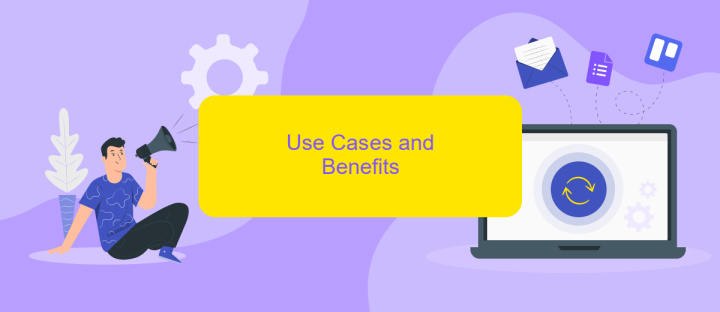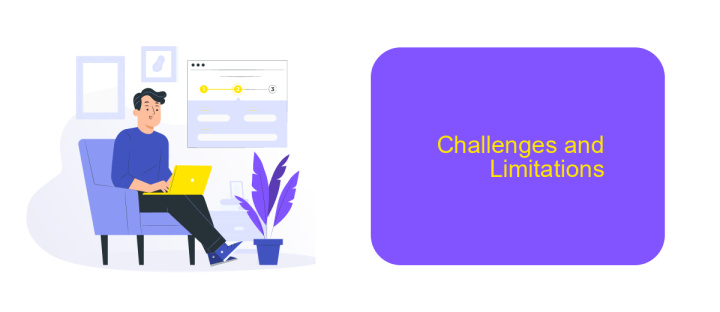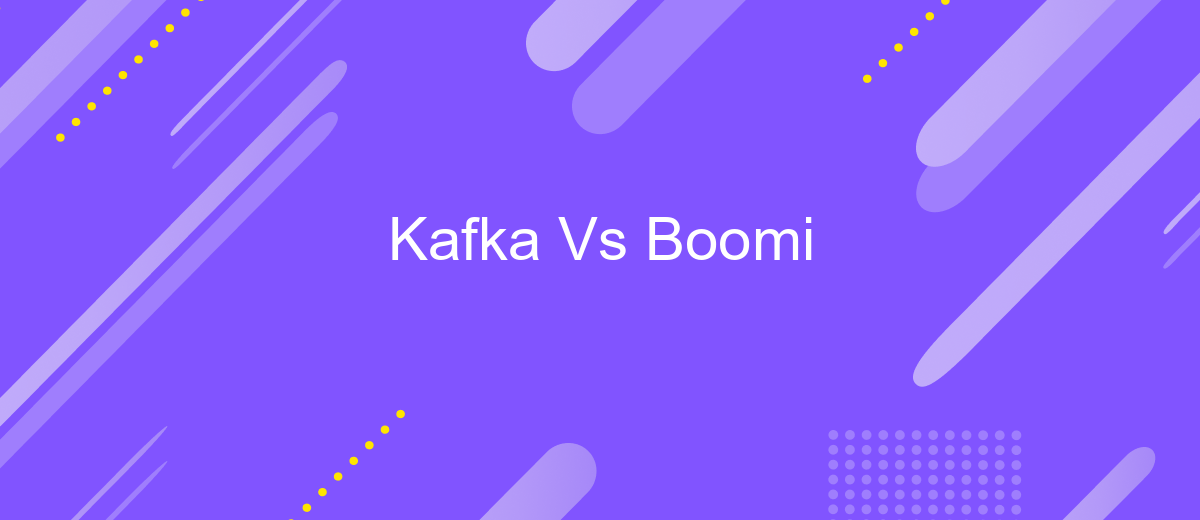Kafka Vs Boomi
In the ever-evolving landscape of data integration and management, choosing the right platform is crucial for business success. This article delves into a comparative analysis of Kafka and Boomi, two leading technologies in the field. We'll explore their features, strengths, and use cases to help you make an informed decision on which solution best suits your organization's needs.
Introduction
In today's interconnected digital landscape, the need for robust data integration and management solutions is more critical than ever. Kafka and Boomi are two powerful platforms that help organizations streamline their data workflows and ensure seamless communication between disparate systems. While Kafka excels in real-time data processing and event streaming, Boomi offers a comprehensive suite for application integration and data management.
- Kafka: Ideal for real-time data streaming, high-throughput messaging, and scalable data pipelines.
- Boomi: Focuses on application integration, data synchronization, and cloud-based workflow automation.
Choosing between Kafka and Boomi depends on your specific business needs and technical requirements. For instance, if your primary goal is to integrate various APIs and automate workflows, a service like ApiX-Drive can simplify the process. ApiX-Drive allows you to connect multiple applications effortlessly, ensuring smooth data flow and operational efficiency. Understanding the strengths and use cases of each platform will guide you in making an informed decision for your organization.
Architecture and Features

Kafka is a distributed streaming platform that excels in handling real-time data feeds with high throughput and low latency. Its architecture is based on a distributed commit log, which allows it to store streams of records in a fault-tolerant manner. Kafka's key features include horizontal scalability, strong durability guarantees, and support for stream processing through Kafka Streams. It is particularly well-suited for use cases requiring real-time analytics, log aggregation, and event sourcing.
Boomi, on the other hand, is an integration platform as a service (iPaaS) that simplifies the process of connecting various applications and data sources. Boomi's architecture is cloud-native, offering a visual interface for designing integrations, which makes it accessible to non-developers. Key features of Boomi include pre-built connectors, data mapping tools, and workflow automation. For businesses looking to streamline their integration processes, services like ApiX-Drive can be valuable, as they offer additional tools and support for setting up and managing integrations efficiently.
Use Cases and Benefits

When comparing Kafka and Boomi, it is essential to understand their specific use cases and benefits. Kafka is a distributed streaming platform primarily used for building real-time data pipelines and streaming applications. It excels in handling high-throughput, low-latency data streams, making it ideal for use cases such as real-time analytics, log aggregation, and event sourcing.
- Real-time Data Processing: Kafka's ability to process and analyze data in real-time makes it suitable for monitoring systems, fraud detection, and recommendation engines.
- Data Integration: Boomi simplifies the integration of various applications and data sources, providing a user-friendly interface for automating workflows and data synchronization.
- Scalability: Kafka's distributed architecture allows it to scale horizontally, managing large volumes of data efficiently.
- Ease of Use: Boomi's drag-and-drop interface and pre-built connectors, such as ApiX-Drive, facilitate quick and easy integration without extensive coding.
In summary, Kafka is best suited for scenarios requiring high-throughput data streaming and real-time processing, while Boomi excels in simplifying application and data integration with minimal effort. Both platforms offer unique advantages, and the choice between them depends on the specific requirements of your project.
Challenges and Limitations

When comparing Kafka and Boomi, it's crucial to understand the challenges and limitations each platform presents. Kafka, known for its high throughput and low latency, can be complex to set up and maintain. It requires significant expertise to manage clusters, handle data consistency, and ensure fault tolerance.
Boomi, on the other hand, offers a more user-friendly interface but comes with its own set of limitations. While it simplifies integration processes, it may not handle high-volume data streams as efficiently as Kafka. Additionally, Boomi's cloud-based nature can introduce latency and dependency on internet connectivity.
- Kafka's steep learning curve and complex infrastructure management.
- Boomi's potential latency issues and reliance on stable internet connections.
- Scalability concerns with Boomi for large-scale data integrations.
- Kafka's need for robust monitoring and maintenance tools.
For those seeking to streamline integration processes without the heavy lifting of managing Kafka, services like ApiX-Drive can bridge the gap. ApiX-Drive provides a straightforward solution for connecting various applications and automating workflows, making it an excellent choice for businesses looking to simplify their integration landscape.
Conclusion
In conclusion, both Kafka and Boomi offer robust solutions for data integration and stream processing, each excelling in different areas. Kafka is ideal for high-throughput, real-time data streaming and is well-suited for scenarios requiring low-latency data processing. Its distributed architecture and fault-tolerance make it a reliable choice for large-scale applications. On the other hand, Boomi shines in its ease of use and comprehensive integration capabilities, providing a user-friendly interface and extensive pre-built connectors that facilitate quick and efficient integration processes.
Ultimately, the choice between Kafka and Boomi depends on your specific business needs and technical requirements. If you require a powerful, scalable solution for real-time data streaming, Kafka is the way to go. However, if you prioritize ease of use and need a versatile integration platform, Boomi is a strong contender. For those seeking to streamline their integration processes further, services like ApiX-Drive can offer additional support, providing seamless automation and integration capabilities to enhance your overall workflow efficiency.


FAQ
What are the primary use cases for Kafka and Boomi?
How do Kafka and Boomi handle data integration?
Can Kafka and Boomi be used together?
What are the scalability options for Kafka and Boomi?
Are there any third-party services that can assist with the integration and automation of Kafka and Boomi?
Time is the most valuable resource in today's business realities. By eliminating the routine from work processes, you will get more opportunities to implement the most daring plans and ideas. Choose – you can continue to waste time, money and nerves on inefficient solutions, or you can use ApiX-Drive, automating work processes and achieving results with minimal investment of money, effort and human resources.

